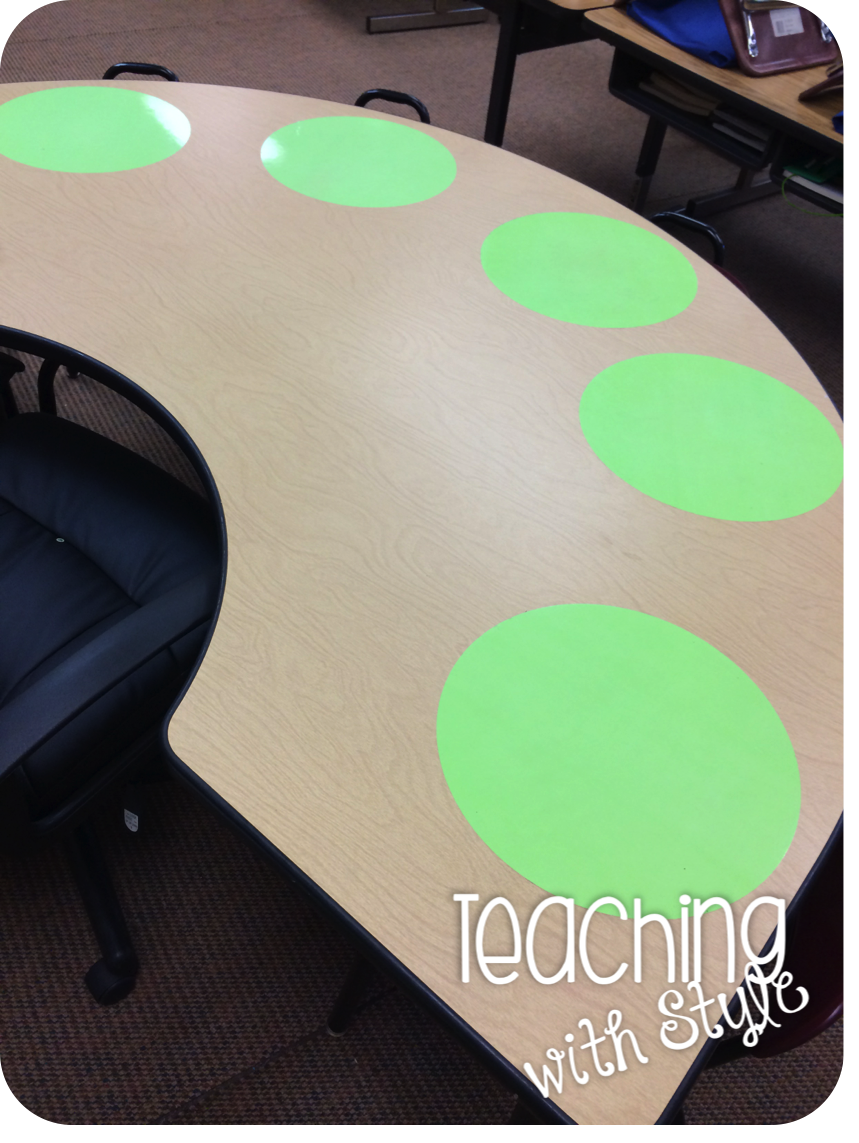In my classroom, we are finally starting to get ready for Halloween! Hawaii doesn't have traditional seasons, so I don't do too much about fall. We don't have any apple orchards so it doesn't make sense to do apple week. We don't have trees with leaves that turn colors and drift to the ground, so we don't do too many activities around leaves and trees. But we do have a local pumpkin patch and a long tradition of Halloween!
To gear up, I busy prepping my Pumpkin Life Cycles and Experiments unit. I know the kiddos are going to enjoy exploring the scientific method while counting seeds, experimenting with pumpkins, and even tasting the seeds!
Another way I like to decorate is by using fun containers and manipulatives in math.
To gear up, I busy prepping my Pumpkin Life Cycles and Experiments unit. I know the kiddos are going to enjoy exploring the scientific method while counting seeds, experimenting with pumpkins, and even tasting the seeds!
We talk about spiders, especially since there is currently a huge cane spider living in our classroom! Last week we made an adorable spider subtraction craft that my colleague Lora-lea made a few years ago. Lucky for you she gave me permission to re-create it and share it with all of you! Thanks Lora-lea! They're hanging in my room and are a fun, glittery decoration for fall!
Click the picture to download your copy for FREE!
I enlisted the help of my son tonight. First he colored the spiders and the border around the word problem.
Then he drew a web with a white crayon and squeezed some Elmer's glue onto it.
Then sprinkled with glitter.
Shook the glitter off, then glued the spiders and word problem paper on.
I downloaded this freebie Mixed Addition Halloween center game from my friend Fern. We started addition a few weeks ago, so this is perfect! I printed, laminated, and cut the game pieces and placed them in this fun pumpkin basket I got at the craft store. I then threw in 12 bat rings for the kids to use as manipulatives. Luckily, the little bag of rings I got at the store has 100 in them, so I have plenty to give out to the kids and replace in case one turns up missing. No biggie!
So now, you might be wondering about all these extra goodies I've purchased, like baking materials for the pumpkin pie in a crock pot recipe from my Pumpkin Experiments pack, the pumpkin basket and rings from the game, or even the glitter for the craft. That's where Coupons.com comes to my rescue! You can search their site for coupon codes and get them for stores like Michaels, OfficeMax, and even Target! Check out The Good Stuff here!
Right now there is a Coupons.com Halloween Creepstakes going on. The Creepstakes gives you the chance to win $100 in daily prize giveaways and a $3,000 grand prize. It ends October 31, so hurry quick!
One last goodie - check out this post from last year to snag my freebie Halloween goodie bag toppers! :)








































